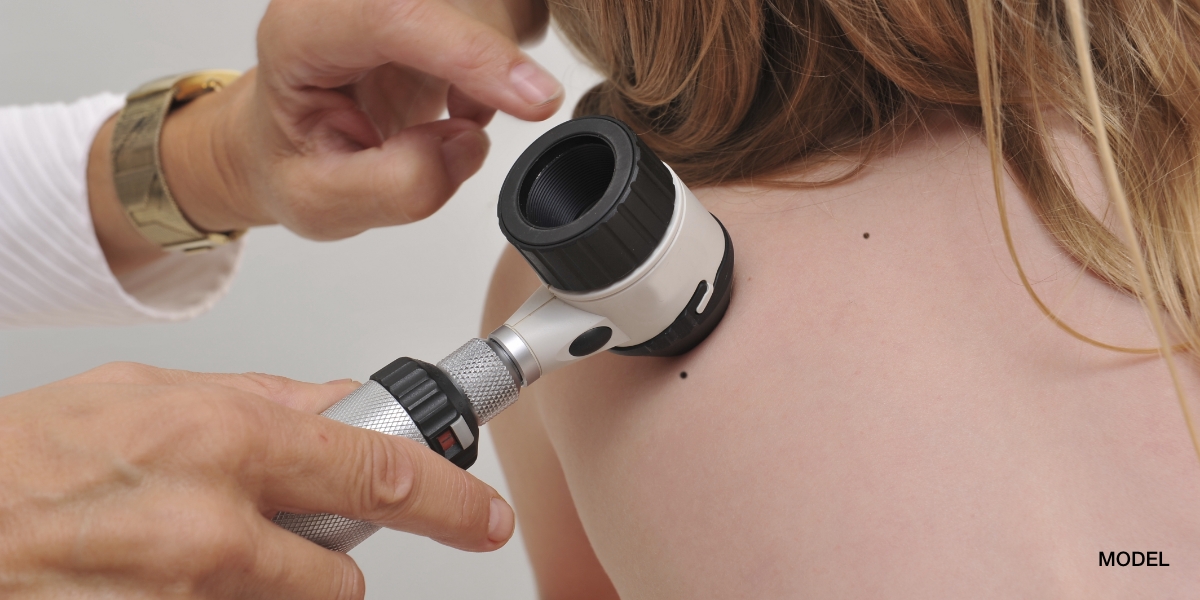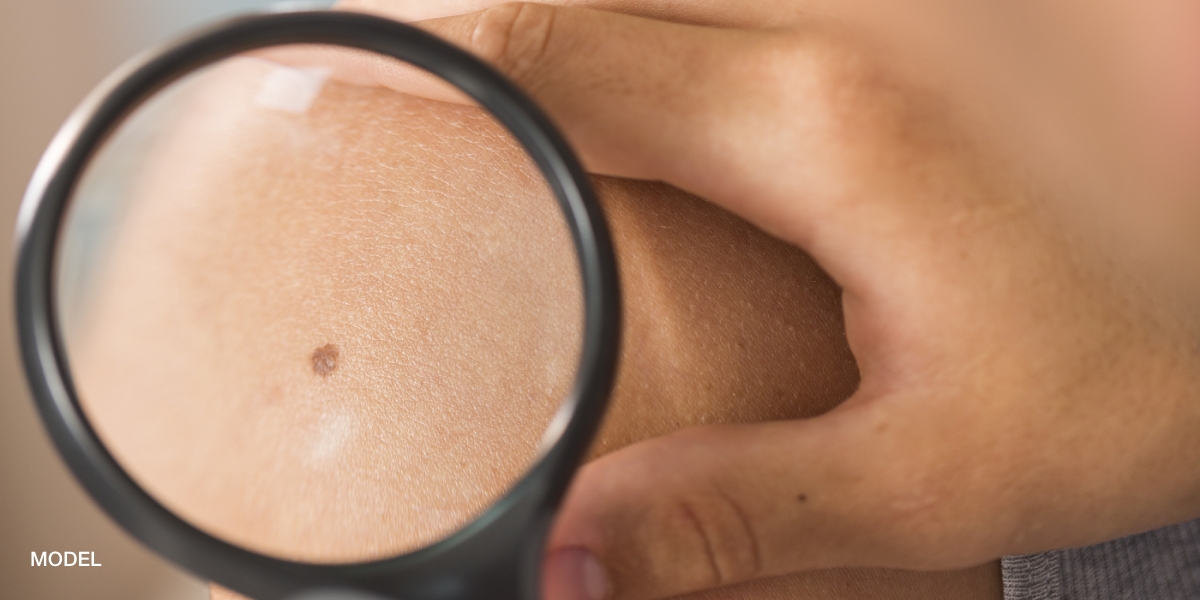 Dr. Perri’s patients have mole removal for both cosmetic reasons, and for skin cancer concerns. Often, they are concerned about the mole growing back. In this blog, we will discuss how and when a mole might recur, and what type of mole removal procedure Dr. Perri can perform to ensure it doesn’t.
Dr. Perri’s patients have mole removal for both cosmetic reasons, and for skin cancer concerns. Often, they are concerned about the mole growing back. In this blog, we will discuss how and when a mole might recur, and what type of mole removal procedure Dr. Perri can perform to ensure it doesn’t.
So, Will My Mole Grow Back After It’s Been Removed?
This question doesn’t come with a one-size-fits-all answer. If a common mole is removed completely, it should not grow back. However, some residents may experience the regrowth of a mole if some of the mole cells were left behind after the mole removal procedure. But a mole that grows back does not mean it is cancerous. To avoid regrowth, be sure to talk to Dr. Perri about your mole removal options. Most patients who want to avoid regrowth, opt for surgical removal of their mole to ensure it is all removed at one time.
If you notice a mole growing back after mole removal, call Dr. Perri’s office for an appointment. Moles that had cancerous cells in them might cause the mole to reappear if not treated right away, so be sure to watch the area where your mole was removed and tell Dr. Perri if you notice any changes.
What Are the Characteristics of a Cancerous Mole?
Because no one can check every area of their body for moles or changes in moles, it is important to see a dermatologist like Dr. Perri every year for an annual skin check. During your appointment, Dr. Perri will carefully check every part of your body, from the top of your head to the tip of your toes. With his trained eye, he will be able to determine if you have any moles that look suspicious or concerning.
In between your annual skin checks, Dr. Perri recommends his patients participate in regular self-examinations at home. You should call him for an appointment if you notice a mole that has any of the following characteristics:
- Uneven borders – Mole removal may be necessary if the edges of the mole have become ragged or irregular in appearance.
- Changed in color – Mole removal may be required if the mole has become darker, or multi-colored (shades of brown, black, blue, white, red).
- A large diameter – Dr. Perri may choose to perform mole removal if the mole has grown larger over time (over ¼ inch).
- Evolved over time – If the mole has changed in appearance over time (has become raised, inflamed, or bleeds easily), Dr. Perri may need to perform a mole removal.
- Asymmetry – Moles that change shape or become irregular in their shape, may also require mole removal.
- It just doesn’t look right – It’s better to be safe than sorry, and if you feel like a mole you’ve had for years just doesn’t look right, call Dr. Perri for an appointment.
In order to know for sure if these signs mean your mole is cancerous, Dr. Perri will have to do a biopsy after mole removal.
Let Dr. Perri Help You With Mole Removal
Whether you’d like mole removal for cosmetic reasons or medical reasons, Dr. Perri can help. He has the skill and expertise to remove your mole completely and with no pain.
Simply call his office today at (281) 943-2749 to book your first appointment.




